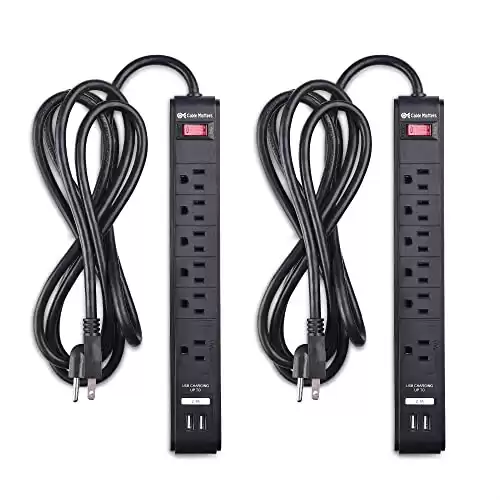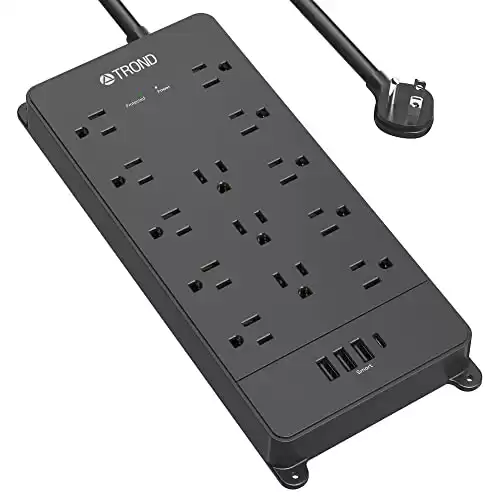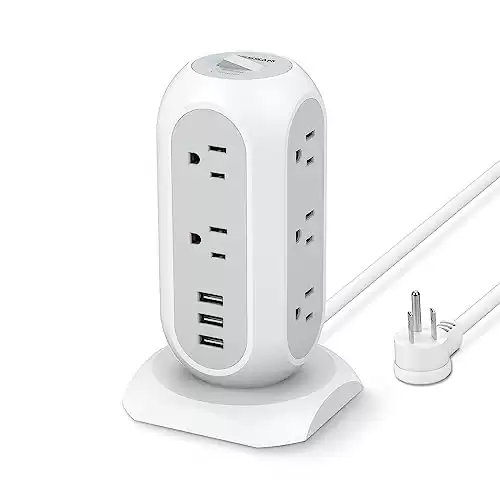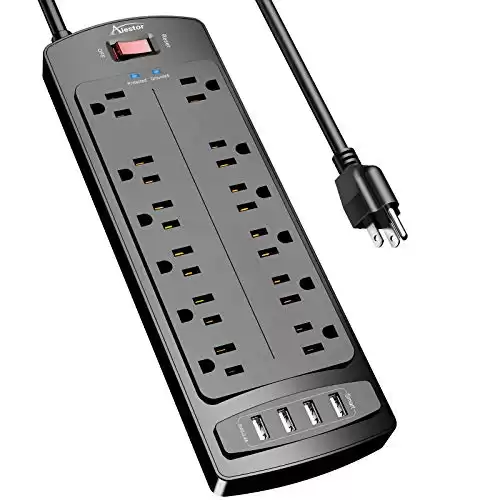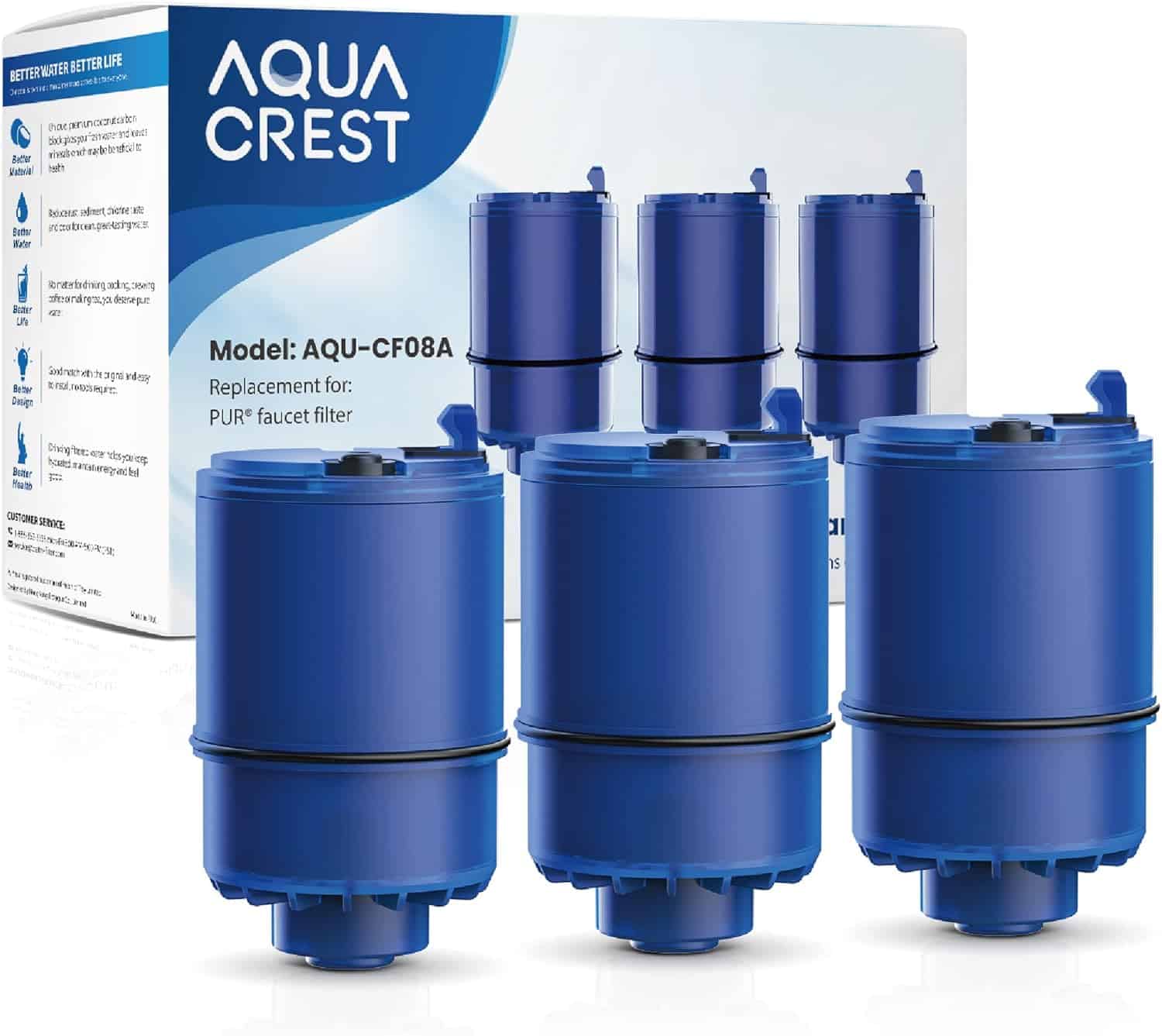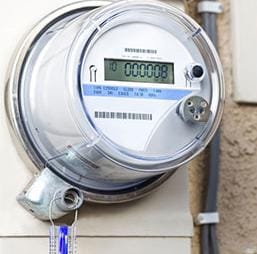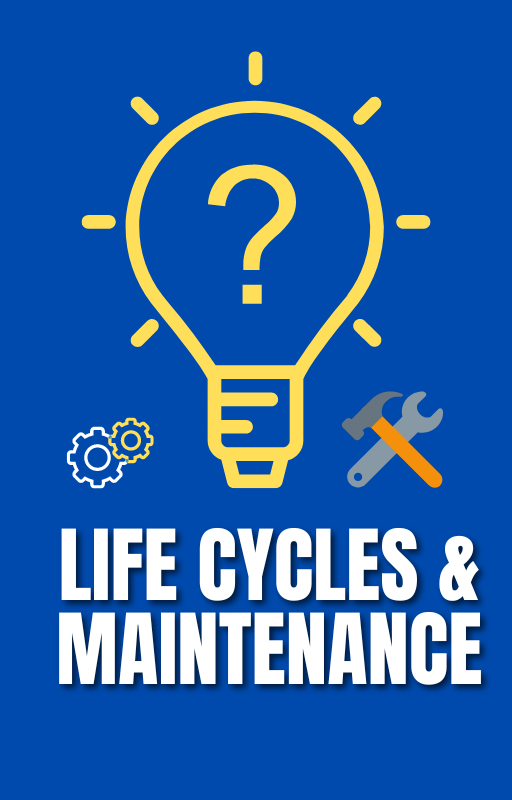Surge Protection Devices: Everything You Need to Know
Surge protection devices are like guardians for your electrical equipment. Surge Protection Devices (SPDs) are essential in any home or business. They help safeguard valuable electronics from damaging power surges. These can come from a variety of sources, like lightning strikes, or even just fluctuations in your power supply. Without an SPD, a single power surge could damage or destroy your expensive equipment. But don’t worry, a solution is at hand! With an SPD, you can protect your devices and ensure they last longer. So, let’s dive in and learn more about these vital devices.
Surge Protection Devices: What Are They?
Surge protection devices (SPDs) are essential components designed to protect electrical systems and sensitive electronic devices from power surges. These devices play a role in safeguarding your valuable equipment and preventing potential damage caused by voltage spikes.
Definition and Purpose
Surge protection devices work by detecting and diverting excess voltage away from connected equipment. They continuously monitor the electrical current flowing through the system and respond rapidly when a voltage surge occurs.
When a surge is detected, the surge protection device quickly redirects the excess voltage through a grounding wire or into the earth, thus preventing it from damaging the connected devices. This process happens in a matter of microseconds, ensuring that the surge is neutralized before it can cause harm.
Surge protection devices can be categorized into two main types: whole-house surge protectors and point-of-use surge protectors.
Whole-House Surge Protectors
Whole-house surge protectors are installed at the main electrical panel of a building and provide protection to the entire electrical system. They are typically designed to handle higher surge currents and are recommended for areas prone to frequent lightning strikes or areas with unstable power grids.
Point-of-Use Surge Protectors
Point-of-use surge protectors are more commonly seen in homes and offices. They are designed to protect specific electronic devices such as computers, televisions, and appliances. These surge protectors are typically plugged into electrical outlets and act as a barrier between the device and the power source, redirecting any surges away from the connected equipment.
Importance of Surge Protection Devices
When it comes to protecting our electrical appliances and devices, surge protection devices play a vital role. These devices act as a shield against power surges, safeguarding our valuable equipment from potential damage. In this section, we will delve into the importance of surge protection devices and explore how they provide protection and assurance in our daily lives.
Protection Against Power Surges
Power surges can occur unexpectedly, and they have the potential to cause significant harm to our electrical devices. Surges are sudden spikes in voltage that can happen due to various reasons such as lightning strikes, power outages, or even faulty wiring. Without proper protection, these surges can fry the sensitive components within our appliances, rendering them useless.
Surge protection devices act as a barrier between our electrical devices and the sudden influx of excess voltage. They actively monitor the current flowing through our electrical systems and divert any excess voltage away from our devices. By doing so, these devices ensure that our appliances receive a steady and safe supply of power, protecting them from potential damage caused by power surges.
Safeguarding Electrical Appliances and Devices
Our electrical appliances and devices are valuable investments, and we rely on them for various aspects of our daily lives. From our smartphones and laptops to our refrigerators and televisions, these devices enhance our comfort and convenience. It is essential to safeguard them from potential damage caused by power surges.
Surge protection devices provide a layer of security for our appliances, ensuring their longevity and uninterrupted performance. By diverting excess voltage away from our devices, these devices prevent the sensitive circuitry from getting overwhelmed. This proactive approach preserves the lifespan of our appliances, saving us from the inconvenience and cost of frequent repairs or replacements.
Moreover, surge protection devices also offer peace of mind. Knowing that our electrical equipment is shielded from power surges allows us to use them without worrying about potential damage. Whether we are using our devices for work, entertainment, or simply staying connected with loved ones, surge protection devices give us the confidence to use them without fear of sudden electrical mishaps.
Types of Surge Protection Devices
Whole-house Surge Protectors
When it comes to protecting your entire home from power surges, whole-house surge protectors are your best bet. Installed at the main electrical panel, these devices provide comprehensive protection to all the appliances and electronic devices connected to your home’s electrical system.
Whole-house surge protectors work by monitoring the electrical current flowing into your home. If a surge is detected, the device diverts the excess voltage to the ground, ensuring that your appliances and devices are shielded from harmful power fluctuations. This type of surge protector is especially useful for homes located in areas with frequent lightning strikes or unstable power supply.
Plug-in Surge Protectors
Plug-in surge protectors, also known as point-of-use surge protectors, are versatile devices that offer protection for individual appliances or electronics. These protectors typically come in the form of a power strip or a wall outlet adapter, making them convenient and easy to use.
By plugging your electronic devices into a plug-in surge protector, you can mitigate the risk of damage caused by power surges. These devices are equipped with multiple outlets and built-in surge suppression technology, ensuring that any excess voltage is safely redirected and absorbed.
Plug-in surge protectors are ideal for use with computers, televisions, gaming consoles, and other valuable electronics. They provide an extra layer of defense against power fluctuations, giving you peace of mind and extending the lifespan of your devices.
Surge Protector Power Strips
Surge protector power strips combine the functionality of a traditional power strip with surge protection capabilities. These power strips are equipped with surge suppression technology, allowing you to plug in multiple devices while keeping them safe from voltage spikes.
With surge protector power strips, you no longer have to worry about damaging your devices due to power surges. These power strips usually come with indicator lights to let you know if the surge protection feature is still active, ensuring that you are always aware of the status of your devices’ protection.
Whether you need protection for your home, specific appliances, or multiple devices, surge protection devices offer a reliable solution. By investing in the right surge protection equipment, you can safeguard your valuable electronics and prevent costly damage caused by power surges.
Factors to Consider When Choosing Surge Protection Devices
When it comes to protecting your valuable electronic devices from power surges, investing in a surge protection device is essential. However, with so many options available on the market, it can be overwhelming to choose the right one. To help you make an informed decision, there are several key factors to consider. In this article section, we will explore the following factors: Joule rating, Clamping voltage, Response time, and Number of outlets and ports.
Joule Rating
The Joule rating is an important factor to consider when selecting a surge protection device. It represents the amount of energy that the device can absorb before it fails to protect your equipment. The higher the Joule rating, the better the surge protection. It is recommended to choose a surge protector with a Joule rating of at least 600 Joules for basic protection. However, for more sensitive and expensive devices, such as computers or home theater systems, a higher Joule rating of 1000 Joules or more is recommended.
Clamping Voltage
The clamping voltage is another aspect to consider. It refers to the voltage at which the surge protector will divert excess energy away from your devices. The lower the clamping voltage, the better the surge protection. Ideally, you should look for a surge protector with a clamping voltage of 400 volts or less. This ensures that even minor surges are effectively redirected, keeping your equipment safe from damage.
Response Time
When a power surge occurs, the response time of a surge protection device. It determines how quickly the device can detect and divert the excess energy. A shorter response time means better protection for your devices. Look for surge protectors with response times of 1 nanosecond or less. This ensures that any surge is quickly detected and neutralized before it reaches your equipment.
Number of Outlets and Ports
Consider the number of outlets and ports provided by the surge protection device. Ensure that it has enough outlets to accommodate all your electronic devices and appliances. Additionally, if you have devices that require network or phone connections, look for surge protectors that offer built-in ports for these connections. Having enough outlets and ports will allow you to conveniently connect and protect all your valuable devices.
By considering these factors – Joule rating, clamping voltage, response time, and number of outlets and ports – you can choose a surge protection device that best suits your needs. Remember, investing in a high-quality surge protector is a small price to pay compared to the potential cost of replacing damaged equipment. So, make sure to prioritize the safety of your electronic devices and enjoy peace of mind knowing they are well protected.
| Product Image | Product Name / Price | Primary Button |
|---|---|---|
Installation and Maintenance of Surge Protection Devices
Surge protection devices (SPDs) are essential for safeguarding your valuable electronics and appliances from sudden power surges. However, simply purchasing an SPD is not enough to ensure reliable protection. Proper installation and regular maintenance are to maximize the effectiveness of these devices. In this section, we will discuss the importance of professional installation versus DIY installation and the significance of regular inspection and replacement.
Professional Installation vs. DIY Installation
When it comes to installing surge protection devices, you have two options: hiring a professional or attempting a DIY installation. While the latter may seem cost-effective, it is important to weigh the potential risks.
Professional Installation
Opting for professional installation provides several advantages. Certified electricians have the expertise and knowledge to assess your electrical system accurately. They can determine the appropriate type and placement of SPDs based on your specific needs. By ensuring a correct installation, professionals minimize the risk of improper connections, faulty wiring, and other potential hazards.
Moreover, professional installers have access to advanced tools and equipment, allowing them to perform the installation efficiently and effectively. They can also address any additional electrical issues they may encounter during the process, providing a comprehensive solution.
DIY Installation
On the other hand, DIY installation may seem appealing, especially for those who are confident in their electrical skills. However, it is important to recognize the potential risks involved. Inadequate installation can render the surge protection device ineffective or even cause damage to your electrical system.
If you choose to proceed with a DIY installation, thoroughly research and understand the manufacturer’s instructions. Ensure you have the necessary tools and equipment, and follow all safety precautions. However, it is still recommended to consult a professional for guidance to ensure a safe and reliable installation.
Regular Inspection and Replacement
Once your surge protection devices are installed, it is vital to establish a maintenance routine to ensure their ongoing effectiveness. Regular inspection and, if required, replacement of SPDs are essential for optimal protection against power surges.
Over time, surge protection devices can degrade due to various factors such as power surges, age, or wear and tear. This degradation may not be visible externally, emphasizing the importance of periodic inspections.
Inspecting your surge protection devices should include checking for any physical damage, loose connections, or signs of wear. Additionally, consult the manufacturer’s guidelines for recommended inspection intervals to ensure you stay on top of maintenance.
If any issues are detected during the inspection, address them promptly. Depending on the severity of the damage or wear, professional assistance or replacement may be necessary. Remember, neglecting maintenance can lead to reduced performance or complete failure of the SPDs, leaving your electronic devices vulnerable to power surges.
Common Myths about Surge Protection Devices
Surge protection devices (SPDs) are an essential component of any electrical system, safeguarding your valuable electronics from harmful power surges. However, there are several misconceptions surrounding these devices that need to be debunked. In this article, we will address and clarify three common myths about surge protection devices.
Myth 1: Surge protectors can eliminate all electrical issues
One prevalent misconception is that surge protectors can completely eliminate all electrical issues. While surge protectors are highly effective in mitigating power surges, they cannot guarantee absolute protection against every electrical problem. Surge protectors are designed to divert excessive voltage caused by power surges away from your devices, minimizing the damage they can cause. However, they cannot prevent other electrical issues such as voltage sags, brownouts, or wiring faults. It is important to understand that surge protectors serve a specific purpose of protecting against power surges, but they do not address all possible electrical issues.
Myth 2: Surge protectors only protect against lightning strikes
Another common misconception is that surge protectors only provide protection against lightning strikes. While lightning-induced power surges are a significant threat, surge protectors offer much broader protection. Power surges can occur due to various reasons, including electrical grid fluctuations, power outages, or even internal issues within your electrical system. Surge protectors are designed to detect these voltage spikes and redirect them away from your devices, regardless of the source.
Myth 3: Surge protectors are unnecessary in areas with stable power supply
Some people believe that surge protectors are unnecessary in areas with a stable power supply. However, even in areas with reliable electrical grids, power surges can still occur. These surges can be caused by sudden changes in demand, equipment failures, or even nearby lightning strikes that affect the electrical infrastructure. Additionally, power surges can also originate from within your own home due to faulty wiring or faulty appliances. By installing surge protectors, you add an extra layer of protection to your electronic devices, ensuring their longevity and minimizing the risk of damage from unexpected power surges.
Conclusion
Surge protection devices are an essential investment for both residential and commercial properties. They provide a reliable defense against electrical surges that can potentially damage expensive electronics and appliances. By installing surge protection devices, you can ensure the longevity and proper functioning of your valuable equipment, avoiding costly repairs or replacements. Surge protection devices offer peace of mind, knowing that you are safeguarded against unpredictable power fluctuations. Don’t wait until it’s too late – protect your electrical devices today with surge protection devices.


